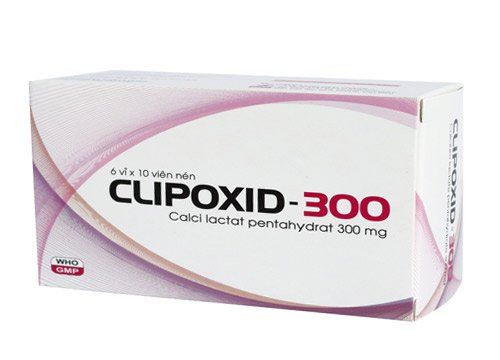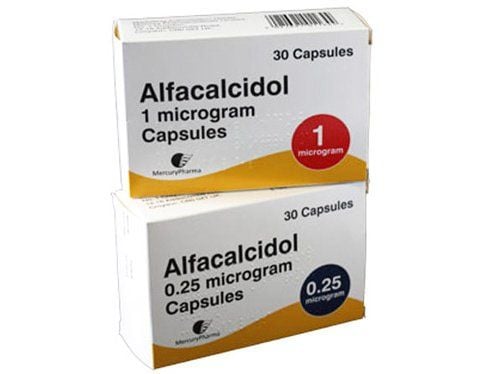This is an automatically translated article.
2-year-old children are very active, they like to play and play all day, so the demand for energy sources also needs to increase in both quantity and quality. At this time, the baby not only eats porridge and drinks milk, but also needs to be fed broken rice twice a day regularly.
The foods in the meal also need to be varied, including meat, fish, shrimp, crab, eggs, beans, green vegetables, fruits... Every day the baby needs to drink 500 - 600ml of milk (maybe fresh milk, milk) recipes), yogurt and dairy products.
In the menu for a 2-year-old baby, it is necessary to provide enough starch, protein, fat, vitamins and minerals. In addition, 2-year-old children have eaten quite a lot of different foods, so mothers need to diversify their menus so that their children can change their tastes often and eat well.
1. Some foods are not safe for 2-year-olds
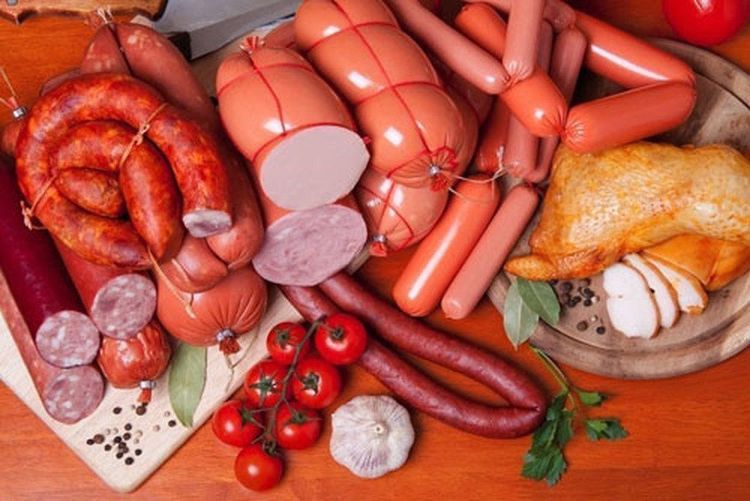
Xúc xích là thực phẩm không an toàn cho bé 2 tuổi
By the age of two, your child can use a spoon, drink from a cup with just one hand, and offer a variety of finger foods. However, your baby is still learning to chew and swallow effectively, and may swallow food when in a hurry to continue playing. For that reason, the risk of choking is very high. Here are some foods that are unsafe for 2-year-olds:
Sausages Peanut butter Nuts Cherries Hard, round gum Grapes Gummies Raw carrots, celery, green beans Popcorn Assorted seeds Grapes, cherry tomatoes Large foods such as meat, tomatoes... that have not been chopped Avoid junk food and soft drinks. Factory-produced snacks like crisps, cookies, cakes, sodas and candies are high in sugar, salt, fat and chemicals.
2. Nutrition for 2 year old baby
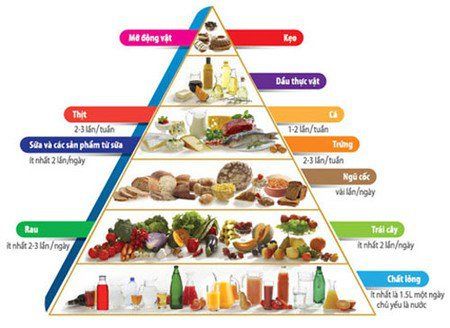
Chế độ dinh dưỡng cho bé 2 tuổi
You need to make sure your child gets nutrients from the four basic food groups each day, including:
Meat, fish, poultry, eggs Milk, cheese and other dairy products fruits and vegetables Cereals, potatoes, rice, flour products Children should eat animal foods (milk, milk, eggs, meat, fish and poultry) each day, plus legumes (such as chickpeas) , lentils or peas) - or orange or green nuts, vegetables and fruits. Add a little oil or fat to baby food.
Don't worry too much when your child refuses certain foods. Many children will refuse certain foods or eat only one or two favorite foods. The more you fight with your child about his eating preferences, the more determined he will be to challenge you.
Offering a variety of foods and letting your baby choose for himself will eventually allow him to eat a balanced diet on his own. Toddlers also love to feed themselves, so whenever possible, offer hand-held foods instead of cooked foods that require a fork or spoon to eat.
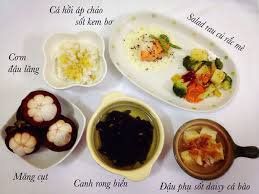
Một số bữa ăn nhẹ dành cho trẻ ăn thêm ngoài ba bữa chính của trẻ
Two-year-olds should eat three meals a day, plus one or two snacks. Children can eat the same foods. With improved social and language abilities, your child can become an active participant in mealtimes if given the opportunity to eat with everyone else.
Having their own food bowl will help your child learn to feed himself. Start as soon as your child wants to. Give your child all the food he needs and give him plenty of time to eat.
At first, the child will eat slowly and indiscriminately. Encourage your child to finish the meal and make sure he or she has had enough.
Besides, you should give a lot of love and encouragement to your child when he or she eats by himself. Sit in front of the child and look into each other's eyes. Interact with your child, smile at him, talk to him, and praise him for eating.
Try to make mealtime a happy time!
3. What to do when the child refuses to eat?
You need to make sure your child feels hungry at mealtimes. While continuing to breastfeed is healthy for your baby, breastfeeding should only be done after a meal. At this age, babies should eat solid foods first.
Do not turn a child's meal into a battle, nor should he force the child to eat with the family.
Feed your child foods he likes or mix foods he likes with foods he doesn't like. Try different combinations of foods.
If the child still refuses, do not force or force the child to eat, and do not try to give him junk food.
You need to calm down and accept. Give your child positive attention when she eats, but don't make it a problem when she's not eating. Just take the food away, cover it, and give it to your baby again later.
4. Add some substances for 2-year-old children

trẻ lười ăn thịt ,ngũ cốc hoặc các loại rau chứa nhiều sắt thì cần bổ sung sắt cho trẻ
Vitamin supplements for 2-year-olds are not really necessary if they have a balanced and varied diet. However, for children who eat less meat, iron-fortified cereals or iron-rich vegetables, iron supplementation is necessary. Consuming large amounts of milk each day can also interfere with the proper absorption of iron, thereby increasing the risk of iron-deficiency anemia.
Your child should drink 16 ounces (480 mL) of low-fat or fat-free milk each day. This will help provide most of the calcium a child needs for bone growth without hindering his or her appetite for other foods, especially those that provide iron.
Note: The American Academy of Pediatrics (AAP) recommends that children drink whole milk until age two, unless there is a reason to switch babies to low-fat milk earlier. Whole milk contains about 4% milk fat. It can help your child transition from whole milk to lower-fat milk. As a result, many pediatricians recommend that children reduce milk (2%) for a few weeks before switching to low-fat (1%) or fat-free (skim) milk.
According to the AAP clinical report, infants under 12 months need 400 international units (IU) of vitamin D per day, and older children and adolescents need 600 IU per day. This amount of vitamin D can prevent rickets. The condition rickets is characterized by the softness and weakness of the bones. If your child is not regularly exposed to sunlight or is getting enough vitamin D in his diet, talk to his pediatrician about vitamin D supplementation.
If there is a need for consultation and visit At Hospitals of the National Health System, please book an appointment on the website to be served.
Please dial HOTLINE for more information or register for an appointment HERE. Download MyVinmec app to make appointments faster and to manage your bookings easily.





